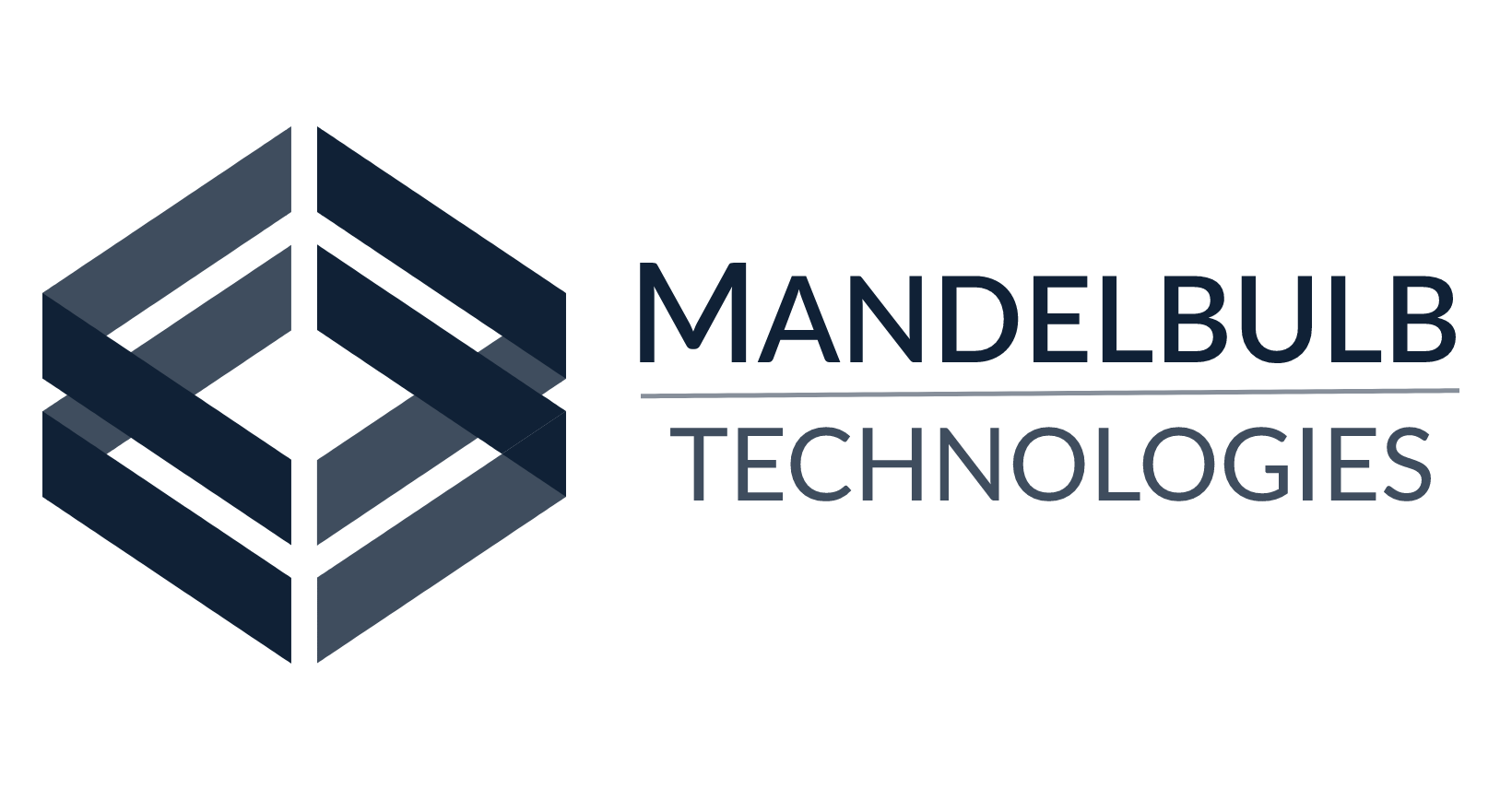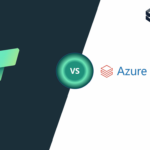Address
2nd Floor, 4, Vivek Vihar, Bajaj Nagar, Jaipur, India (302015)
Work Hours
Monday to Friday: 7AM - 7PM
Weekend: 10AM - 5PM

1. Real-Time Hub
Feature Overview: The Real-Time Hub serves as the central command centre for all streaming data within an organization. It integrates various data sources, providing tools for monitoring, managing, and analysing data streams in real-time, facilitating a unified view.
Practical Use-case: A leading e-commerce company utilizes the Real-Time Hub to oversee and manage the vast array of data streams and KQL tables that monitor customer interactions, transaction processing, and inventory updates across its global platform. The hub provides a panoramic view of all real-time data sources, including streams that track user clicks, page views, and purchase transactions, alongside tables summarizing daily sales and inventory levels.
Customer Benefit: The Real-Time Hub dramatically improves the operational efficiency of the e-commerce company by simplifying the way data is accessed and utilized across the enterprise. The centralized, intuitive access to streams and tables reduces the time and complexity involved in data management tasks, allowing staff to focus more on strategic analysis and less on navigating between different data systems.
2. Fabric Events (Azure Storage Blob Events):
Feature Overview: Sources such as Azure Storage Blob Events allow organizations to react to changes in data stored in Azure Blob Storage instantly. Events triggered by the creation, modification, or deletion of blobs can be streamed in real-time, enabling automated workflows and immediate data processing.
Practical Use-case: A media company automates its content delivery network to synchronize with new uploads to Azure Blob Storage. Whenever new video content is uploaded, Blob Events are triggered, which cue transcoding services and update the content delivery systems automatically across global networks.
Customer Benefit: The immediate processing of Blob Events reduces the time to market for new content, enhancing viewer satisfaction with faster content updates. Automating the workflow minimizes manual intervention, reducing errors and operational costs.


3. Default and Derived Streams
Feature Overview: Default streams capture raw data directly from the source without any processing, providing a baseline for real-time analytics. Derived streams are created by applying filters, aggregations, or transformations to default streams, enabling more targeted analysis based on specific business requirements.
Practical Use-case: A financial trading platform utilizes derived streams to offer enhanced trading insights. Default streams capture live trading data, which are then processed into derived streams that provide traders with aggregated insights like average trade volumes and price trends over various time frames.
Customer Benefit: Traders receive enhanced, actionable insights that can improve their trading strategies and outcomes. By analysing derived streams, traders can make informed decisions more quickly, leveraging fluctuations in trading metrics to their advantage.
4. Route Streams Based on Content in Enhanced Eventstream
Feature Overview: This feature allows for dynamic routing of streams based on specific content within the data. By analyzing stream content in real-time, the system can direct data to appropriate endpoints, such as databases, applications, or services, tailored to handle specific types of information.
Practical Use-case: In logistics, route optimization systems use content-based routing to manage data streams from vehicle sensors. Data indicating a vehicle’s location and speed is routed to route management systems to optimize delivery routes based on real-time traffic conditions.
Customer Benefit: Dynamic routing ensures that the most relevant data reaches the right systems quickly, improving operational responsiveness. For logistics, this means more efficient routes, reduced fuel consumption, and faster delivery times, enhancing customer satisfaction and operational savings.


5. Triggers from Real-Time Hub
Feature Overview: Triggers within the Real-Time Hub allow users to define automated responses to specific data conditions. These triggers can initiate actions such as alerts, workflow changes, or data modifications, based on real-time data insights.
Practical Use-case: An e-commerce platform uses triggers to manage stock levels dynamically. When inventory data streamed into the Real-Time Hub indicates a low stock condition for a popular item, triggers automatically place orders with suppliers without human intervention.
Customer Benefit: Triggers ensure timely reordering of stock, preventing out-of-stock situations and lost sales. Automating this process reduces overhead and improves inventory management, directly enhancing profitability and customer service.
6. Taking Action through Fabric Items
Feature Overview: Fabric Items are predefined tasks or processes that can be automatically executed in response to specific triggers. These can include data transformations, workflow updates, or any operational procedure that can be automated within the Fabric environment.
Practical Use-case: A utility company employs Fabric Items to manage energy load dynamically. When real-time data from the grid indicates peak demand exceeding forecasts, Fabric Items automatically adjust energy distribution, engage alternative energy sources, and moderate non-essential load by communicating with IoT-enabled devices at consumer premises.
Customer Benefit: This automated, real-time management of energy resources prevents potential outages, optimizes energy consumption, and promotes sustainable usage practices. It reduces the strain on the grid during peak times and lowers energy costs by enhancing the efficiency of resource allocation.

The integration of these RTI capabilities is not merely an enhancement; it represents a fundamental shift towards a real-time, data-driven paradigm. Here’s why we anticipate a substantial increase in demand for RTI-based solutions:
Microsoft Fabric’s Real-Time Intelligence offers a robust platform for businesses to harness the power of data in motion. The new features of Microsoft Fabric’s Real-Time Intelligence are set to revolutionize the way industries operate, driving a significant shift toward real-time, data-driven decision-making. This transformation enables businesses to harness immediate, actionable insights, streamline operations, and enhance efficiency across various sectors. By integrating these features into their operations, companies across various industries can achieve enhanced efficiency, responsiveness, and adaptability—key components in today’s digital landscape. Whether managing inventory, optimizing manufacturing processes, or preventing fraud, the possibilities are vast and transformative.





